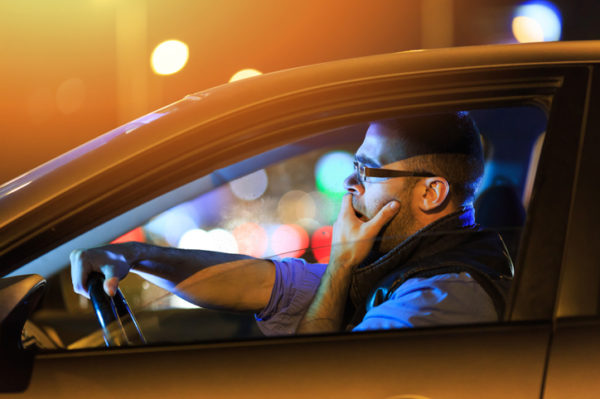Driving at night can be a beautiful and calming experience. It is also a time when you need to be extra vigilant, as there are many risks associated with driving in the dark. As a driver, it is important to know these risks and how to avoid them. By understanding these details, you will have the knowledge to make driving at night safer and more enjoyable. Let’s explore some of the most common crash risks you should look out for when driving at night.
Fatigued Drivers
Driving while tired can be incredibly dangerous and should always be avoided. Unfortunately, many drivers are more likely to feel fatigued when driving at night due to the time of day. This is true for people who have been drinking alcohol or working night shifts. To avoid this risk, ensure you get enough rest before driving and take regular breaks if needed.
Poor Visibility
Visibility is limited when driving at night. You can’t always see what’s lurking in the shadows or around the corner. To make matters worse, glare from oncoming headlights can make it difficult to see far ahead or even ahead of you in your lane. This reduces your response time and increases your risk of hitting something unexpected, such as an animal crossing or debris in the road. To reduce this risk, drive slowly at night and keep extra distance between your car and other cars in front of you, so you have enough time to react if necessary.
Reckless Drivers
Driving recklessly is dangerous any time of day, but it’s hazardous at night. When other drivers aren’t following the rules of the road; including speeding, tailgating, and weaving in and out of lanes- it can cause severe accidents and injuries. To minimize your risk of becoming involved in one of these crashes, pay extra attention to how other cars around you are behaving on the road. If someone is driving erratically or swerving between lanes, slow down and give them plenty of space until they pass by.
Pedestrians and Cyclists
The darkness at night makes it harder for drivers to spot pedestrians or cyclists who may have strayed onto the roads. Be extra vigilant when driving around residential areas or near parks, as these are popular spots for evening walkers or cyclists. Always double-check intersections before proceeding through them, and keep an eye out for anyone crossing or riding in front of your vehicle – even if it’s late at night.
Animals in the Road
Most animals are nocturnal – meaning they are more likely to come out when it gets dark – so make sure you keep an eye out for any wildlife that may be lurking about near or around your vehicle. If an animal crosses your path, it is advisable to slow down gradually rather than slamming on the brakes; this will help avoid skidding and minimize any potential injury or damage caused by a collision. Additionally, don’t forget to check your side mirrors before making any turns or changing lanes – this will help prevent any unwanted surprises from animals (or other drivers) hiding in blind spots.
Impaired Driving
Unfortunately, impaired driving is still a major issue on our roads today. Whether it’s due to drugs or alcohol, people who are impaired often lack the judgment and reaction times needed to keep themselves and others safe while driving. This means they may swerve into other lanes without realizing it or fail to stop at red lights or stop signs. To avoid this risk as much as possible, always keep an eye out for erratic drivers when driving at night – if someone appears suspiciously drunk or high behind the wheel, call 911 immediately so that they can be removed from the road before anyone gets hurt.
Driving on Rural Roads
Rural roads pose unique dangers after dark because they are usually less maintained than highways or city streets. This means there may be potholes or other obstacles that could easily cause an accident if not avoided properly. In addition, rural roads may have fewer streetlights or no streetlights at all, making them more difficult to navigate in low-light conditions. These roads also tend to have more curves than other roadways, so it can be harder to anticipate their twists and turns after dark.
Driving at night presents risks due to decreased visibility and higher fatigue levels among drivers. It is important to stay alert while behind the wheel and always pay close attention to potential hazards like potholes on rural roads or cars without headlights in low-light conditions. Being aware of these common crash risks will help keep you safe on the roads no matter what time of day it is.







